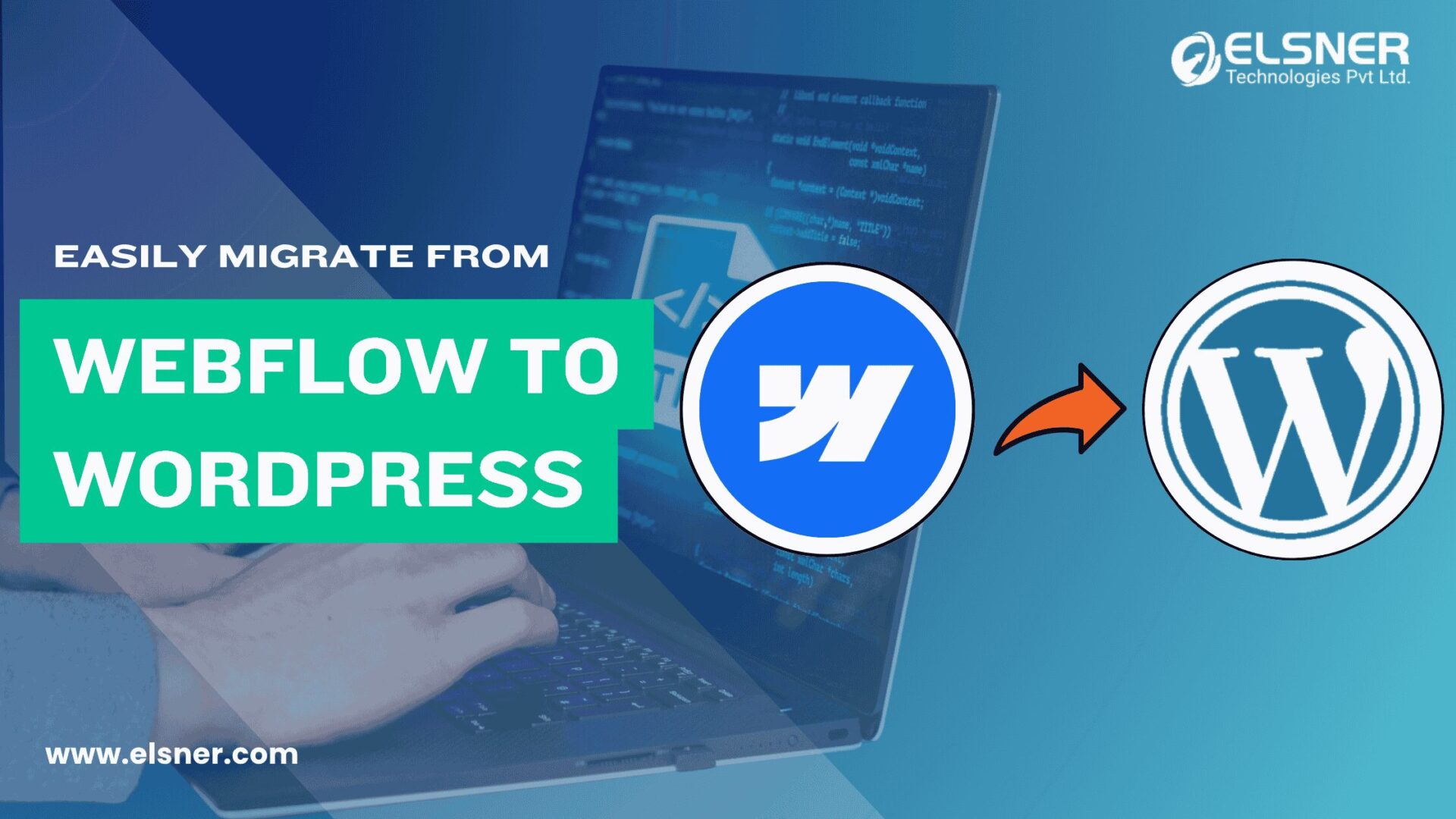- Understanding XML-RPC:
- XML-RPC’s Function in WordPress:
- 1. Management of Content:
- 2. User Verification:
- 3. Pingbacks and Trackbacks:
- WordPress XML-RPC Enablement:
- Security Considerations:
- 1. Firewall Assurance:
- 2. IP Whitelisting:
- 3. Security Products Using Plugins:
- Best Practices for XML-RPC Usage:
- Troubleshooting XML-RPC Issues:
- Reasons to Disable xmlrpc.php
- Gains and Drawbacks of XML-RPC
- Gains:
- Drawbacks:
- Conclusion:
WordPress, the world’s most well-known content administration framework, enables many sites. One of its strong yet normally misconstrued highlights is XML-RPC. This innovation assumes an urgent part in upgrading the usefulness and network of WordPress locales. We will deconstruct the components of XML-RPC and provide developers and WordPress users with useful insights in this comprehensive guide.
Understanding XML-RPC:
Extensible Markup Language – Remote Procedure Call, or XML-RPC for short, is an XML-encoded remote procedure calling protocol. A client (usually a WordPress website) and a server (a distant application or service) can communicate with each other using this protocol. With WordPress, XML-RPC allows outside programs to communicate with the website, carry out tasks, and access or modify data from a distance.
XML-RPC’s Function in WordPress:
A fundamental Component of WordPress that operates with a few features is XML-RPC:
1. Management of Content:
The creation, updating, and deletion of posts and pages are all taken into account using XML-RPC remotely. Particularly useful are portable programs and external distribution devices.
2. User Verification:
It makes it possible to carry out actions in the interest of explicit clients with the expected permission by enabling other apps to authenticate clients.
3. Pingbacks and Trackbacks:
XML-RPC enables trackbacks and pingbacks, which are essential features for content collaboration.
WordPress XML-RPC Enablement:
Although XML-RPC is enabled by default in WordPress installations, some users may choose to turn it off for security reasons. To activate or disable XML-RPC, utilize the WordPress dashboard or security plugins. It’s important to weigh the benefits and drawbacks before keeping XML-RPC enabled.
Security Considerations:
XML-RPC has confronted security examination because of its likely abuse for pernicious purposes. WordPress developers and site administrators ought to think about implementing security measures like:
1. Firewall Assurance:
To stop unauthorized access, make use of firewalls that can specifically monitor and filter XML-RPC requests.
2. IP Whitelisting:
To reduce the attack surface, restrict XML-RPC access to specific IP addresses.
3. Security Products Using Plugins:
Influence security modules that deal with highlights to improve XML-RPC security, for example, restricting access endeavors.
XML-RPC Evolution in WordPress:
WordPress depends more and more on communication protocols as it develops. Although XML-RPC has long been a mainstay, more contemporary options, such as the REST API, have become increasingly prevalent in WordPress updates. The more adaptable and effective method of data manipulation offered by the REST API frequently eclipses that of the conventional XML-RPC.
Best Practices for XML-RPC Usage:
For those still leveraging XML-RPC, adherence to best practices is crucial:
- Regularly update WordPress core and plugins to address security vulnerabilities.
- Implement strong authentication mechanisms, considering the sensitivity of XML-RPC functionalities.
- Consider alternatives like the REST API for new projects, taking advantage of modern capabilities.
Troubleshooting XML-RPC Issues:
Solving XML-RPC Problems: Because XML-RPC is so complicated, it might have problems. It’s critical to troubleshoot typical issues including login issues and connection faults. Timely resolution of these problems guarantees the uninterrupted operation of external applications and services that depend on XML-RPC.
Reasons to Disable xmlrpc.php
Disabling xmlrpc.php on your WordPress website is primarily recommended since it exposes security flaws and might be an attack target.
There’s no need to maintain XML-RPC active now that it can connect with WordPress externally. It is thus advisable to disable it to increase the security of your website.
1. Brute force via xmlrpc.php
Brute force attacks target weak or simple-to-guess passwords in order to obtain unauthorized access to WordPress sites through the use of the xmlrpc.php file. WordPress websites and external apps may communicate via XML-RPC (Remote Procedure Call), however, attackers can easily take advantage of this feature due to its accessibility. Attackers try to get past site security by trying to get in with different usernames and passwords over and again.
Site owners may use security plugins that identify and prevent brute force attempts, restrict access to xmlrpc.php, and create strong passwords as ways to lessen this issue. WordPress websites must be regularly updated and monitored in order to be protected against these kinds of assaults.
2. DDoS attacks via xmlrpc.php
DDoS attacks through xmlrpc.php exploit vulnerabilities in WordPress sites, overwhelming them with a barrage of requests, and effectively shutting them down for legitimate users. XML-RPC functionality, designed for remote communication with WordPress, becomes a target for malicious actors. By exploiting its open endpoints, attackers can flood a site with massive traffic, depleting server resources and causing crashes. These attacks, orchestrated by botnets, exploit weaknesses in xmlrpc.php to disrupt site operations. Site owners must counter such threats by implementing measures like rate limiting and IP blacklisting, or utilizing DDoS protection services to safeguard their sites from these disruptive assaults.
Gains and Drawbacks of XML-RPC
Gains:
1. Legacy Support:
WordPress has long included XML-RPC, which guarantees interoperability with earlier programmes and operating systems.
2. Wide Adoption: WordPress is widely used, as seen by the large number of third-party applications and services that are designed to communicate with it via XML-RPC.
Drawbacks:
1. Security Issues:
Security flaws may arise from the ability of XML-RPC to be maliciously abused. For increased security, some users choose to disable it as a consequence.
2. Performance Problems: XML-RPC requests may use a lot of resources, which might affect the speed of the server, particularly when it is busy.
3. REST APIs and XML-RPC: Since its introduction in WordPress 4.7, the REST API has been well-known for its effectiveness and user-friendliness. It provides a more uniform and adaptable way to communicate with WordPress websites.
Conclusion:
Finally, it should be noted that WordPress boasts a powerful technology called XML-RPC that enhances the platform’s usefulness and compatibility. This article provides a thorough introduction to XML-RPC, Covering everything from its fundamental concepts to its analysis and security concerns. You may make informed judgments as a WordPress user, developer, or administrator if you are aware of the applications, security implications, and potential benefits of XML-RPC for your website. Even with developments in technology, XML-RPC continues to have a big influence on WordPress’ dynamic landscape.
With technology constantly advancing, the WordPress scene is dynamic. WordPress developers must stay up to date on new developments even though XML-RPC is still important. The emphasis on decoupled and headless systems could have an additional impact on the communication protocols selected.




